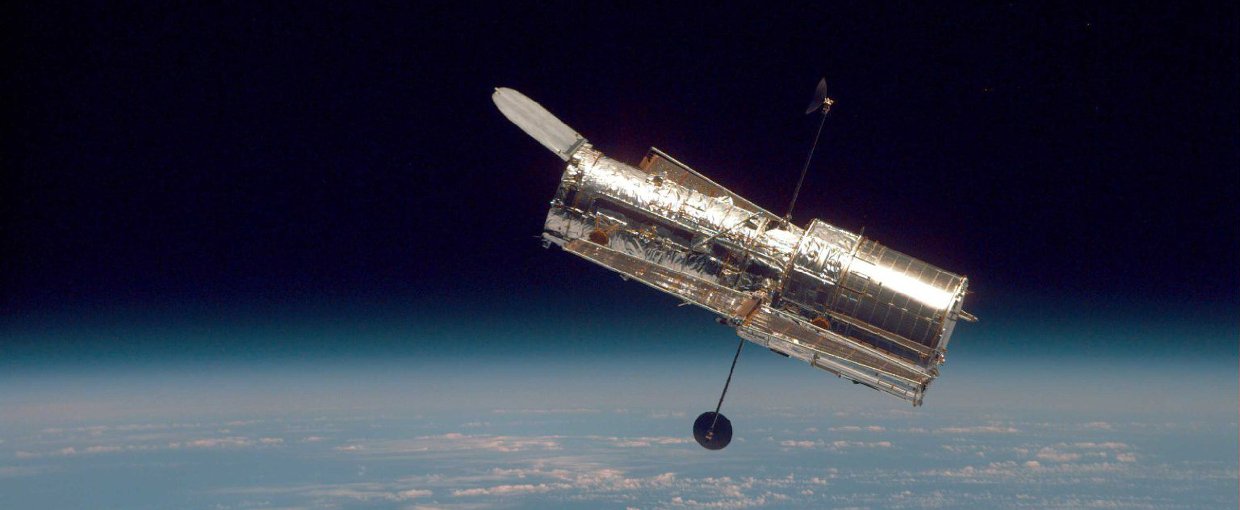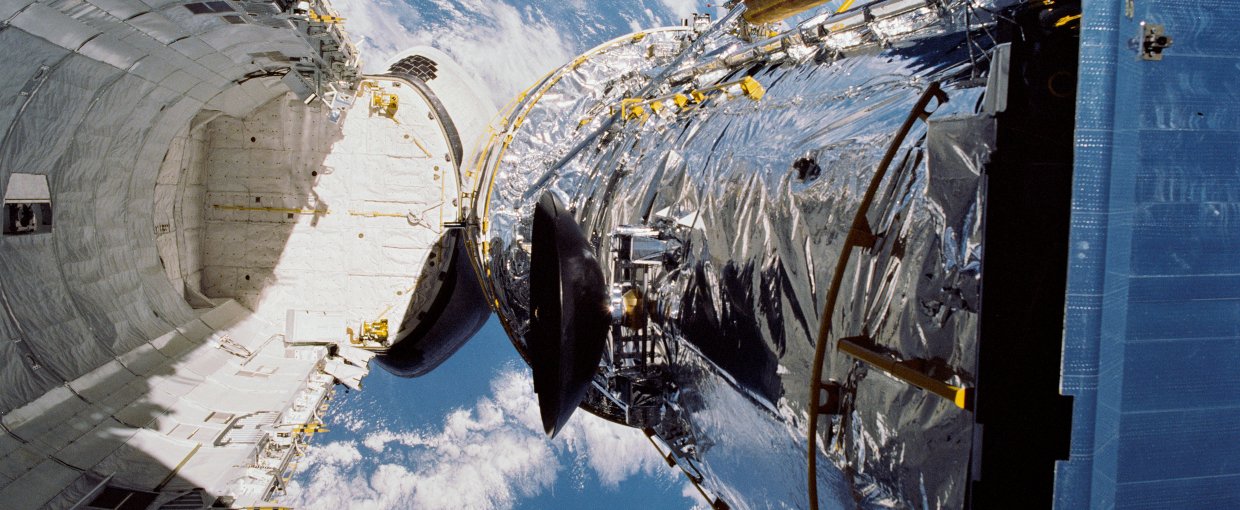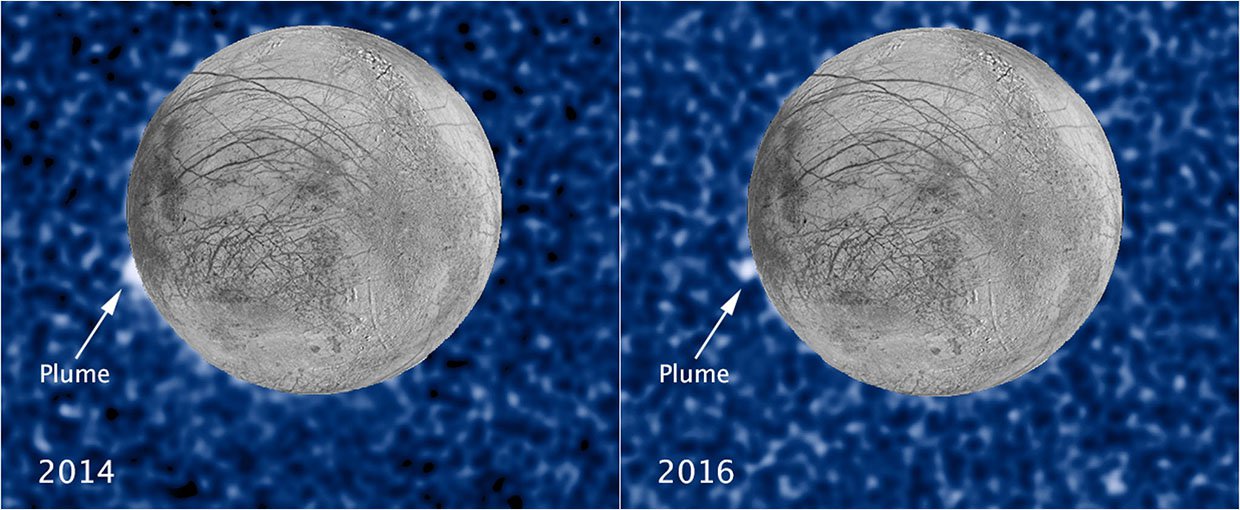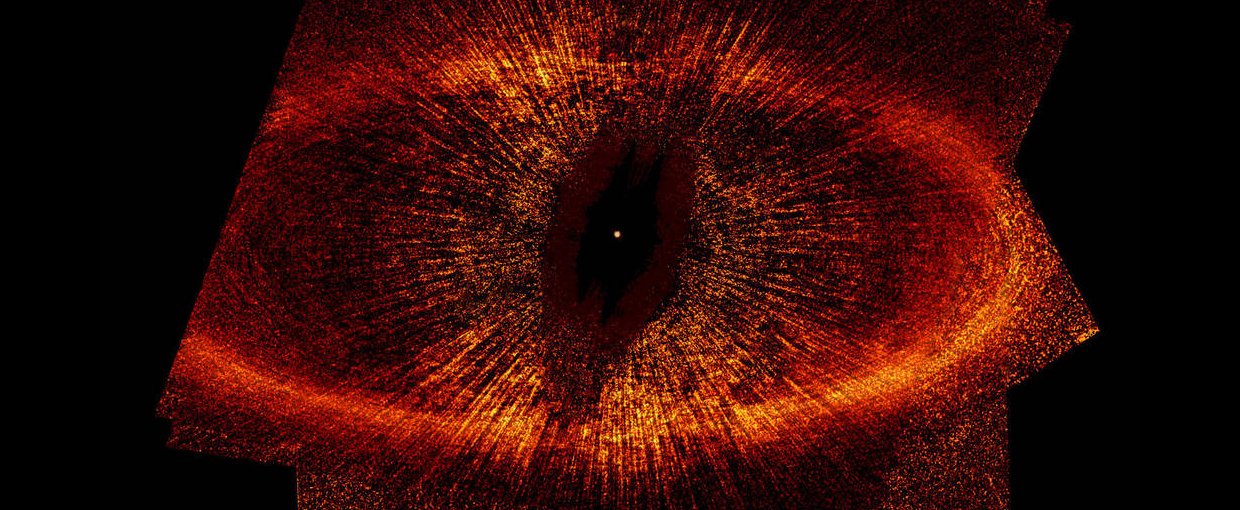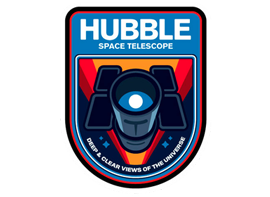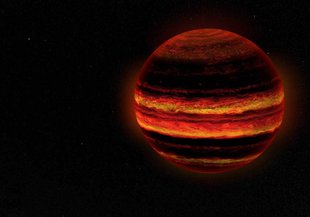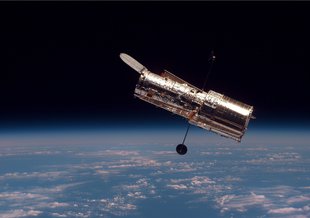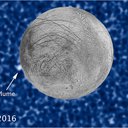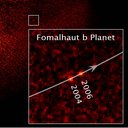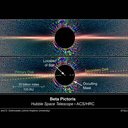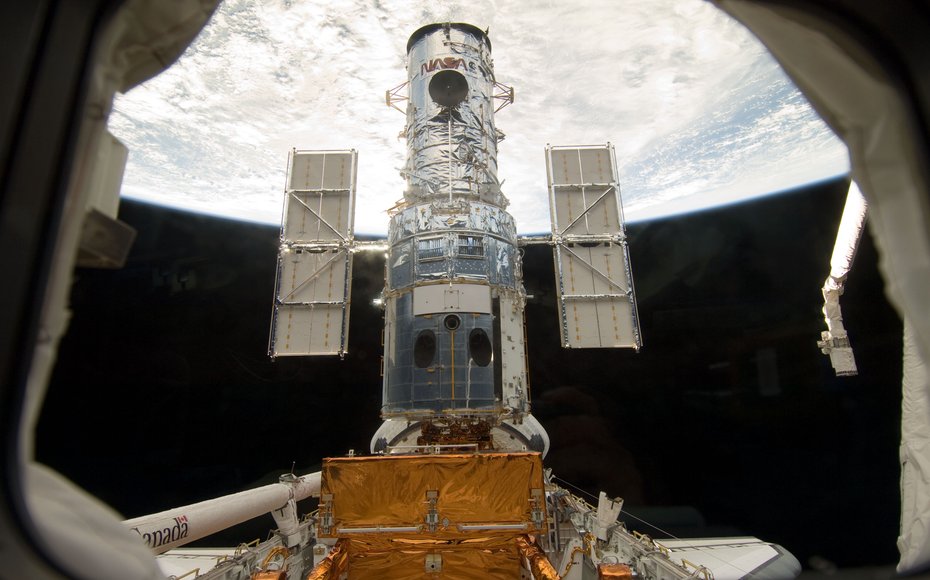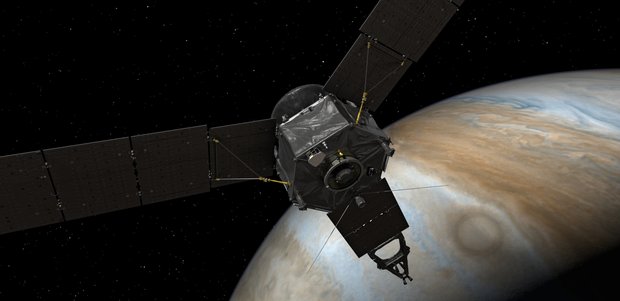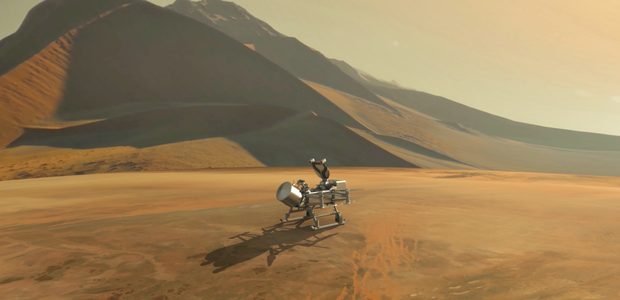- Launch Date April 23, 1990
- Mission TypeSpace Telescope
- TargetThe Universe
Mission Overview
The hugely successful Hubble telescope has paved the way for numerous advancements in astronomy and astrobiology. Hubble data has been used to study objects both near and far from Earth, and has helped solve mysteries surrounding the existence of dark energy and the age of the Universe.
Relevance to Astrobiology
Hubble’s contribution to astrobiology is immense, and data from the mission has been used in wide-reaching topics relevant to the Astrobiology Program. Hubble observations are bringing us closer to identifying habitable worlds beyond our solar system by providing clues about how planets form from dust and debris around stars. Hubble data has also been used to identify extrasolar planets, adding to the catalog of known worlds in the Universe.
Not all of Hubble’s contributions involve distant targets. Hubble has also been used to observe bodies within the Solar System, including (but not limited to) comets, Uranus, Saturn, Jupiter, Mars, and the dwarf planet Ceres. Hubble has provided invaluable insight into life’s potential in the Solar System.
NASA Astrobiology Involvement
The Astrobiology Program supports astrobiologists who are working with Hubble data. This includes areas such as the search for extrasolar planets, the study of habitable planet formation in protoplanetary disks, and research concerning the environments of astrobiology-relevant targets like Mars.
The Astrobiologists
NAINASA Ames Research Center Team Co-I’s Uma Gorti and David Hollenbach are investigating basic protoplanetary disk physics and disk dissipation theories using Hubble Telescope data.

